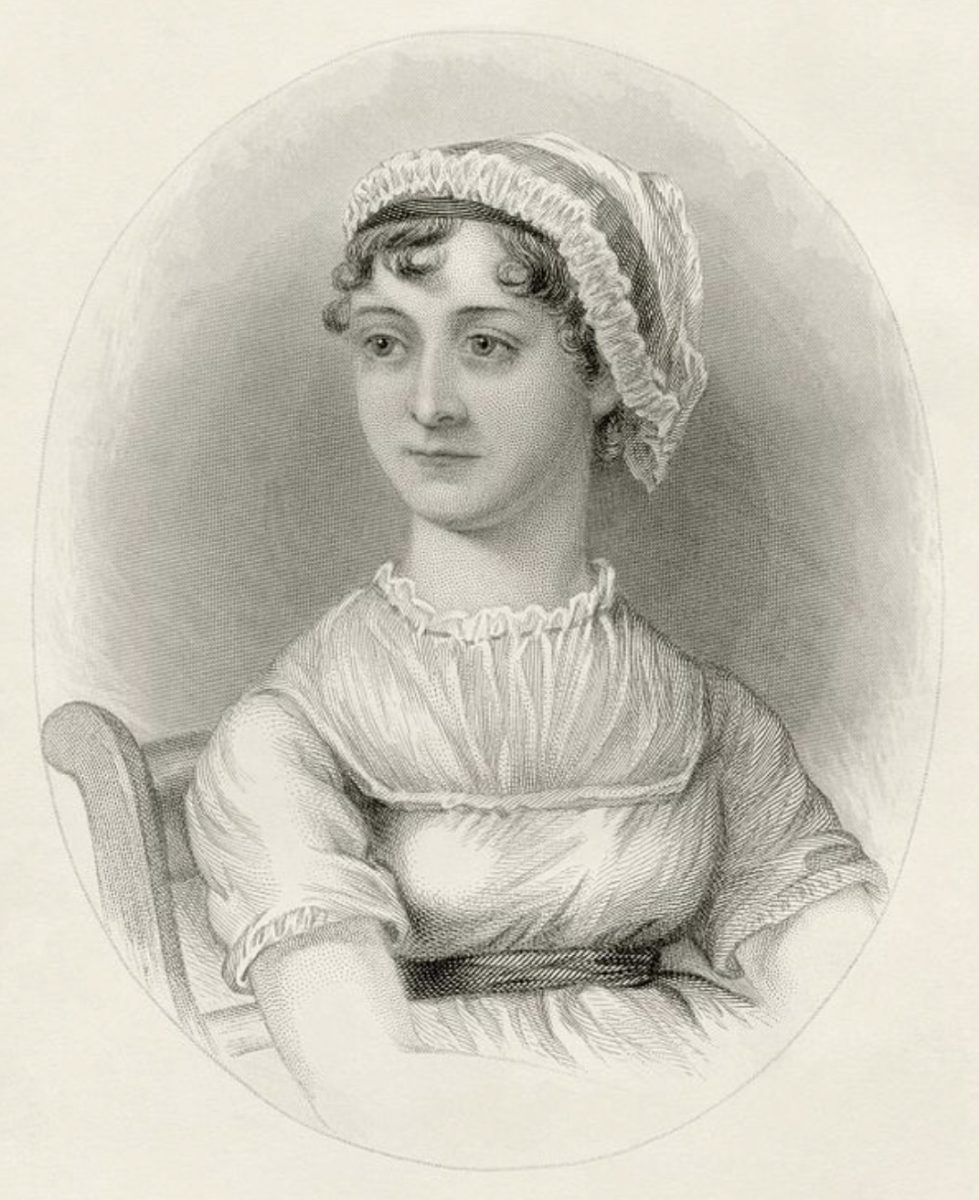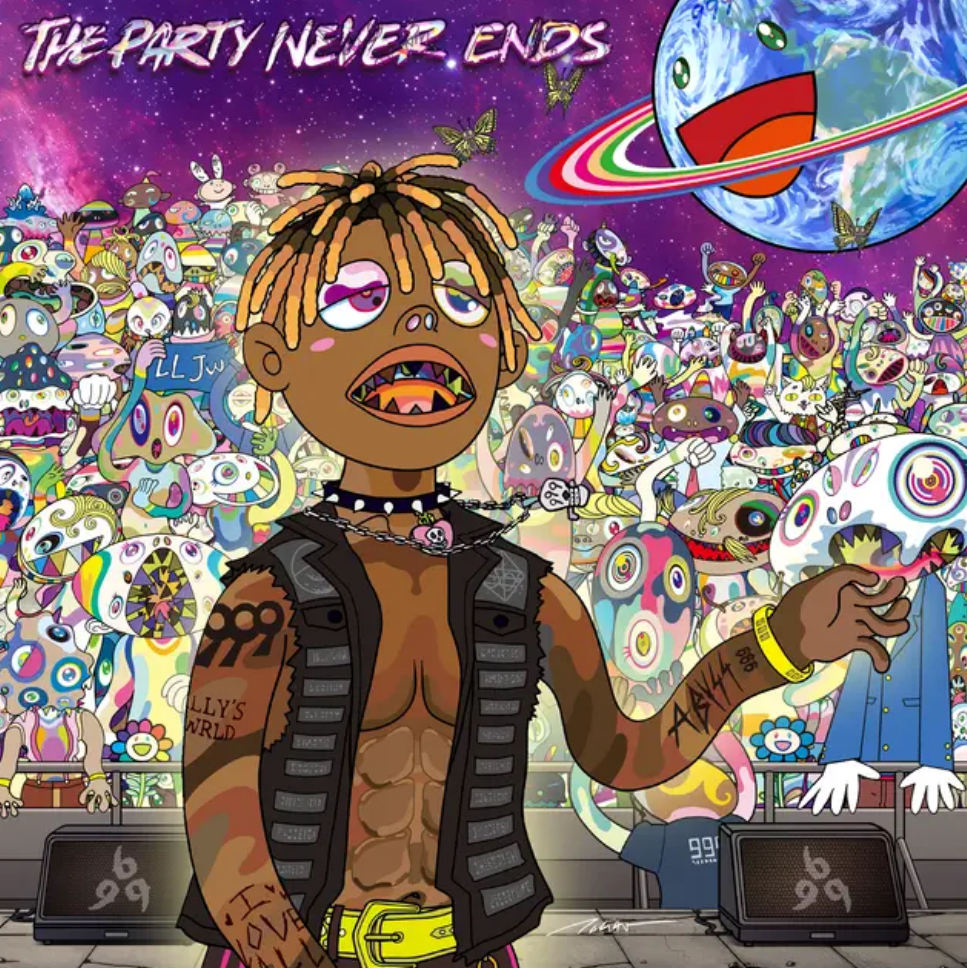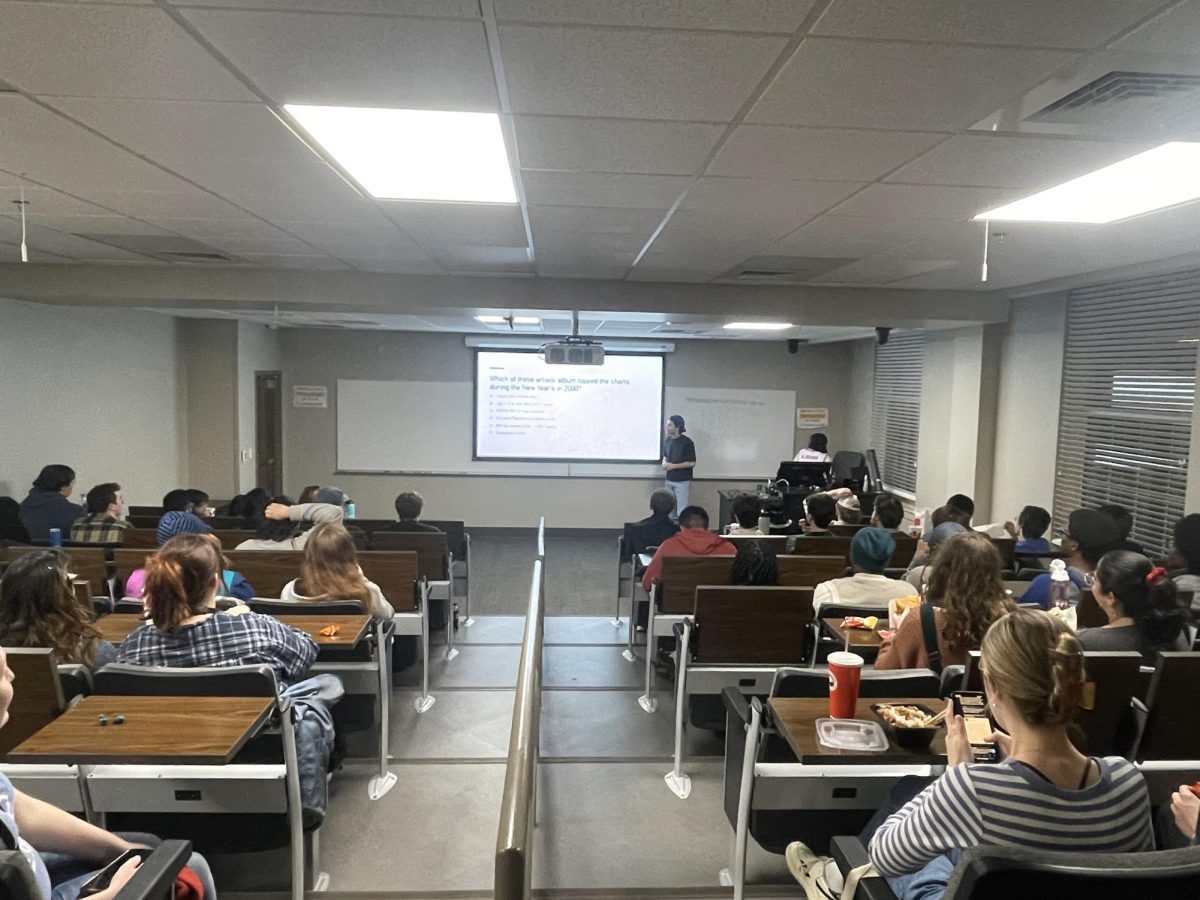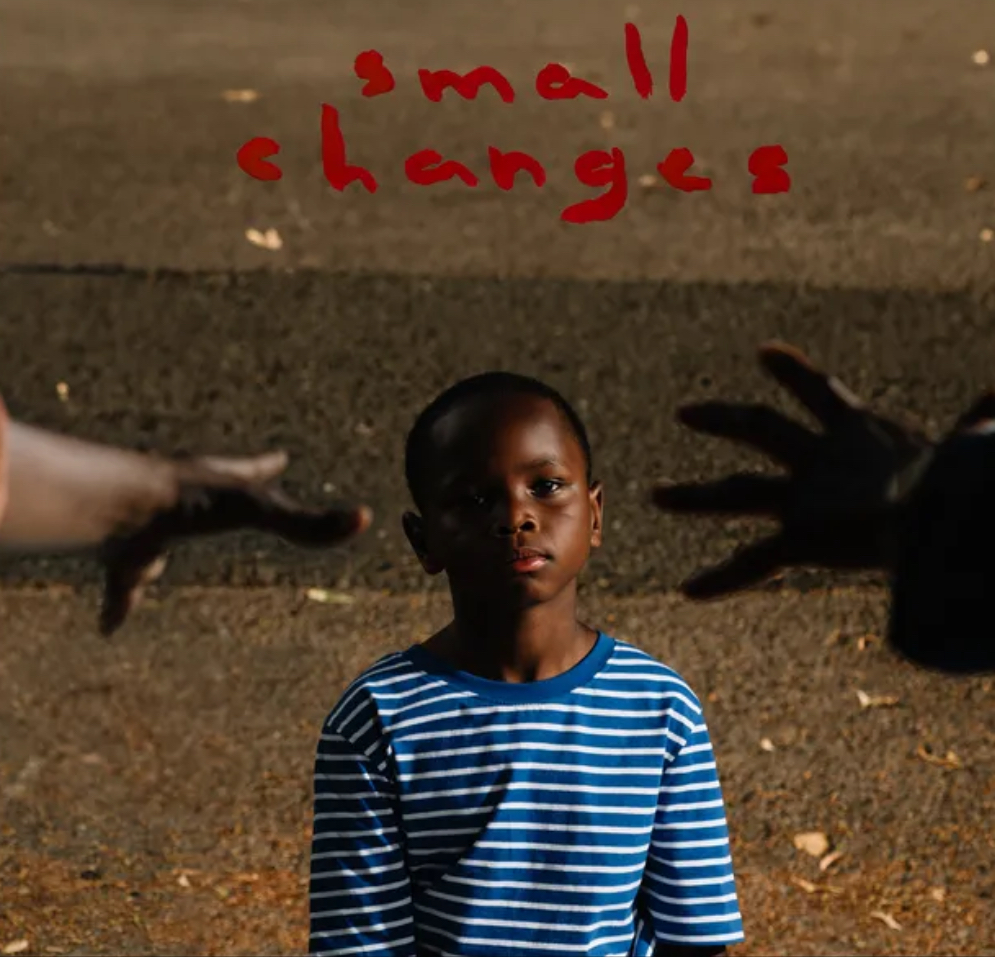In some ways, it’s almost an afterthought to review “Fullmetal Alchemist” at this point, with the franchise’s second television series already running on Adult Swim. The series has been a huge success for Viz and Cartoon Network in the United States, and there’s lots of material still on the way. And with Vic Mignogna coming to Kami-Con this weekend, fans of the franchise are sure to fill the Ferguson Center.
I suspect “FMA” is such a success because it is an immediately accessible series. Take two rambunctious young boys talented in alchemy, Edward and Alphonse Elric, add love for one dead mother, divide by one very bad idea — bringing her back from the dead — and the result is one hugely popular series.
The experiment fails spectacularly, and both brothers nearly lose their lives. Following the alchemic principle of equivalent exchange, Al loses his entire body and ends up bonded to a suit of armor. Ed loses both an arm and a leg, replaced with metal prosthetics called automail, making him the Fullmetal Alchemist.
Primarily, the series follows the brothers as they try to regain their full bodies and redeem themselves following the failed experiment, set against a backdrop of a world still recovering from a violent civil war. While plot sounds rather dark, the actual writing is quite comedic, from physical slapstick to occasionally mild jabs at the conventions of the genre. Each character has a quirk to fuel the series’ humor, such as Edward’s infamous Napoleon complex and Al’s naiveté.
Yet underneath this humor, “FMA” is a story tinged with regret. The principle of equivalent exchange underlies not only the alchemy the world of “FMA,” but its very fabric — every action and mistake has very real consequences.
Both Ed and Al have to live with their choice to violate one of alchemy’s core tenets, the principle of equivalent exchange, and it’s their fraternal bond that keeps them together when the rest of the world seems to have fallen apart. “FMA” is definitely a more mature shonen series than others on the market today, but it doesn’t overwhelm the reader. Instead, the tone maintains an even keel, which is more than one could say about many series out today.
For those more familiar with the “FMA” animated series, animation studio BONES faithfully transferred Arakawa’s art style to the screen. Her linework is clean and attractive, without too much screentone and excess clogging up the panels. There’s not much detail beyond what’s necessary in both characters and background, but she clearly spends time on that which she does detail. Her reimagining of various Industrial Age motifs is particularly attractive.
But does any of this explain exactly why “FMA” is so popular? Yes, it’s heavily action-oriented, but series can’t sell on action alone. Instead, I would say Arakawa takes the basic shonen plot that “anything can be achieved through dedication and hard work” and shows the dark side. No amount of dedication and hard work can make up for violating the greatest taboo. Both Ed and Al grow stronger as people and brothers by learning to value the world they have, not the world they wished for.








